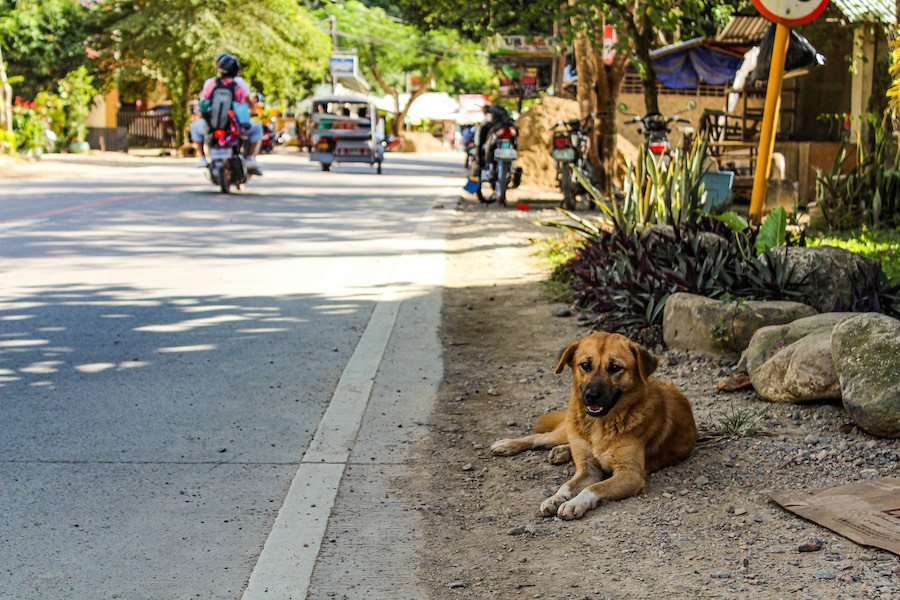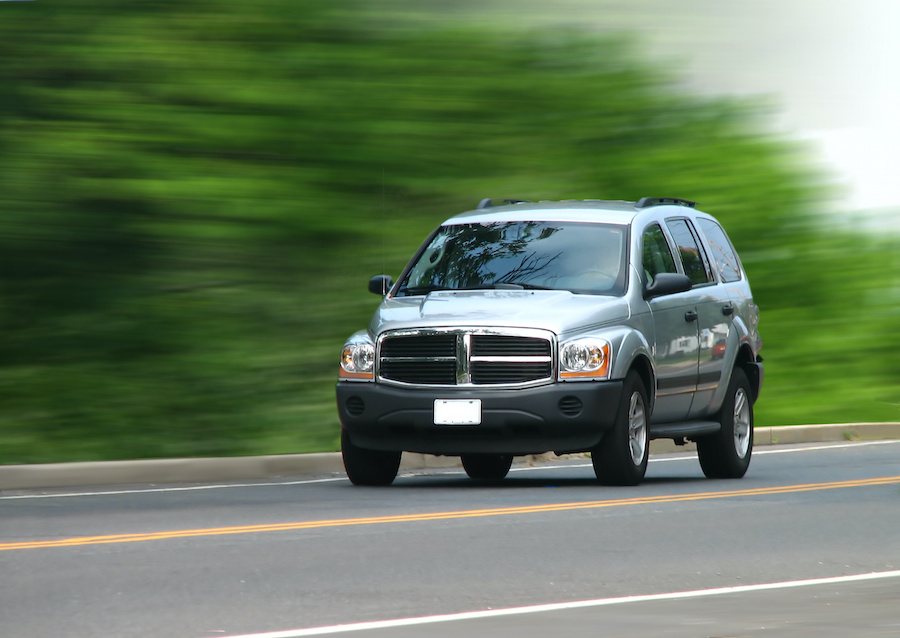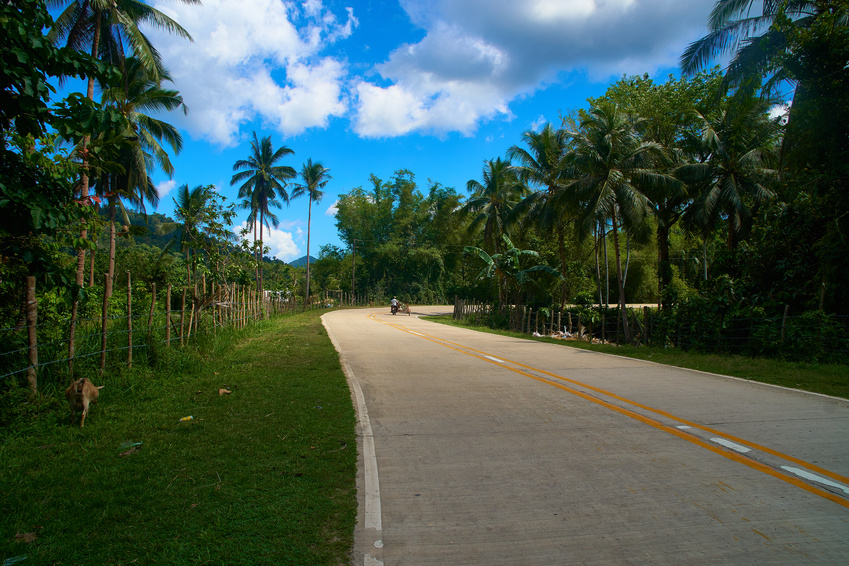Palawan is an island paradise and the ideal place for an adventurous drive. Aside from being the Philippines’ last bastion of unexplored forests and other ecological wonders, Palawan is a premier tourism destination and one of the best destinations for a thrill-seeking drive. The place is truly perfect for pleasure drive, where you can delightfully explore through diverse destinations – limestone cliffs, charming islands, pristine shorelines, scenic beaches, mysterious caves and many more.
Driving around Palawan is mostly traversing a rugged terrain and rough road, therefore, we recommend to use 4WD vehicles such as the Mitsubishi Strada, the Suzuki Jimny, or the Nissan Navarra for venturing through difficult terrains. But if you wish to drive through some interior roads in the countryside traversing unpaved rough trails, then you could reach there with your Jeep Wrangler, Land Rover Range Rover, Ram 1500 Rebel, or Toyota 4Runner and other high performing and versatile off-road vehicles that have large tires with deep, open treads, and flexible suspension.
Road and Safety Tips for Driving in Palawan
Palawan is not as crowded as other provinces in the Philippines. If you’ll encounter vehicles along the way, it will more of local ones like cars, van-for-hires, passenger bus, motorcycles. There are also few tricycles and improvised-tricycles designed for carrying cargoes locally known as top load or tora-tora. But there are safety concerns that we should be always aware of during your travel.
1. Lack of safety signage in ongoing projects
There are ongoing public works in Palawan, especially the road widening and road improvement projects of the Department of Public Works and Highways (DPWH). However, some project contractors failed to install safety signs near barriers and excavations, posing risks to motorists and riders. Aside from excavations, there are also defective and deteriorated road pavements that you should be careful of, since there are lack of signage that warn you about it.
Our advice is to always slow down while traversing these portion of the roads. Also, always keep an eye of those obstructions and excavations, by maintaining a controllable speed. For this reason and for all the other ones, you should also slow down any time you don’t have visibility over the road.
2. Improperly parked vehicles and other obstructions
Most parts of the national highway in Palawan is being improved into four-lanes, and the national government’s plan to convert it into a six-lane highway is already in the pipeline. Despite this, there are often improperly parked tricycles, motorcycles, vans, cars or palay (rice) drying in the portion of the concrete pavement.
While driving in Palawan, be ready to encounter such obstructions. Maintaining a safe speed is here again one of the most important advice as you can encounter them anywhere, be it in the exit of a curve or along a straight line.
3. Crossing animals and pedestrians
National highways in Palawan pass through densely populated areas with houses along the roadside. Given that there are fewer vehicles, people tend to think that it is safe to walk along or cross the road directly rather than using the designated pedestrian crossing lanes. You may also see domestic animals such as dogs, cats, goats or even carabaos (oxes) in the middle of the road.

For this reason, be always alert and aware to react to such situation. Drive slowly in populated areas to easily apply your brakes whenever necessary. Also, please be mindful of your surroundings, since many of the schools in Palawan and its villages are located along the national road. Many young students and grade-schoolers go to school alone by walking along the road or crossing into it.
4. Adjust to road conditions
Provincial roads, which are common in Palawan, feature a combination of winding roads, uphill roads, downhill roads, rough and unpaved, etc. Because of this, you’ll need to adapt to different road conditions. Always be ready to adjust your vehicle’s speed depending on the type of road you are navigating. Be patient and watch out for pedestrians. Keep in mind that your purpose is to enjoy your travel and never compromise your safety.
5. Over-speeding passenger vans
In the last few years, there have been several road accidents involving overspeeding passenger vans, mostly bound towards tourist destinations in the northern part of Palawan. If you are traversing along paved road in national highway, be aware of these overspeeding vehicles.
6. Slow moving vehicles
If there are over-speeding vehicles, there are also plenty of slow moving vehicles on Palawan’s roads. These include trucks, tricycles, scooters, single motorcycles, and even improvised tricycles and carts such as top down and tora-tora. Therefore, it is important to always be extra caring while overtaking.
Do not attempt to overtake slow moving vehicles on blind corners, sharp winding roads, or inclined roads. This actually is one major cause of car accidents along Palawan highways. Also, avoid following overtaking vehicles you when it might compromise your safety. The safest instance to overtake is when you are on a long stretch of highway with a clear view of the road ahead of you.
7. Be mindful of your speed and of the speed limits
You should be aware of your vehicle’s speed when you’re driving on provincial roads. Chances are, there will be no warning signs present to notify you there’s a hazard ahead. Moreover, running at a decent speed will enable you to react faster to whatever you encounter on the road. Remember, provincial roads do not have adequate road signs and wider road space.
The recently released memorandum about speed limits state that passenger cars and motorcycles should run at 40 kilometers/hour on open provincial roads and 20 kilometers/hour on crowded streets. The general speed limit in the country is 60 kilometers/hour on most highways.
In Puerto Princesa City, a local ordinance sets 40 kilometers/hour speed limit for vehicles enroute to Sitio Sabang, Barangay Cabayugan, where the famous Puerto Princesa Subterranean River National Park (PPSRNP) is located. On the other hand, if you are traversing the road going to Honda Bay, the speed limit is only 20 kilometers/hour.
8. Other safety concerns: guard rails and slippery roads
The are some slippery roads during rainy days in Palawan, especially those in the interior villages and unpaved provincial roads that are wet and muddy. Also, some of these mountain roads are full of curves and prone to landslides, and ravines may not be completely shielded by guard rails or other safety barriers.
Prepare your journey ahead
• Ensure that you and your vehicle are in tip-top condition.
Preferably on the day before your trip, remember to inspect your vehicle’s brakes, lights, water, battery, air, oil, gas, and engine to ensure the best performance while you are already in your travel. Double checked it on the following day, few minutes before the actual trip.

If you are renting a vehicle with our partners on Rent-A-Car Palawan, you can skip most of this as the car will already be prepared for you. But a quick check up when receiving the car is always welcomed and encouraged as part of your driving preparation.
Finally, make sure to get enough sleep the night before the long drive. During the trip, wear comfortable clothes and shoes, maintain good posture and relaxed position, and take frequent stops to rest and stretch.
• Prepare emergency kits, food, and some extra
When journeying to unfamiliar places, don’t forget to check you have an extra tire and a portable inflator in case you get a flat tire. Bring along some extras such as power banks, mobile phone batteries, flashlights or lighters, warm clothes, blanket, underwear, food and water, and anything that could help you in case you get stranded on the side of the road.
Also bring emergency or first aid kit with as medicines, cotton, alcohol, ointment, band aid or bandages, etc. This is something that you should have in your bags at any time while traveling.
A last note about driving in Palawan
In less dense roads in Palawan, we’re pretty sure you’ll have a smoother journey. This blissful place is often visited by both domestic and foreign tourists because of its natural wonders. The mainland island has more than 1,000 kilometers of national road network, while the north-to-south stretch has 500 kilometers from El Nido in the north and Rio Tuba, in Bataraza town in the south. Your journey will definitely be perfect with all things in place, and well-planned.
We could summarize our safety tips for driving in Palawan like this: “just take your time while driving, as safety should always be our top priority”. This will give you and your company peace of mind and more time to enjoy the scenery. Your travel will be more comfortable, with less hassle and, most importantly, safe and secure.
If you want to share advice of your own, please feel free to do so in the comments section below. And if you need any help planning your self-driving adventures in Palawan, don’t hesitate to contact us. We’ll be more than happy to help and give you custom recommendations tailored to your needs. Be ready for the far-reaching and adventurous drive in Palawan!


Leave A Comment